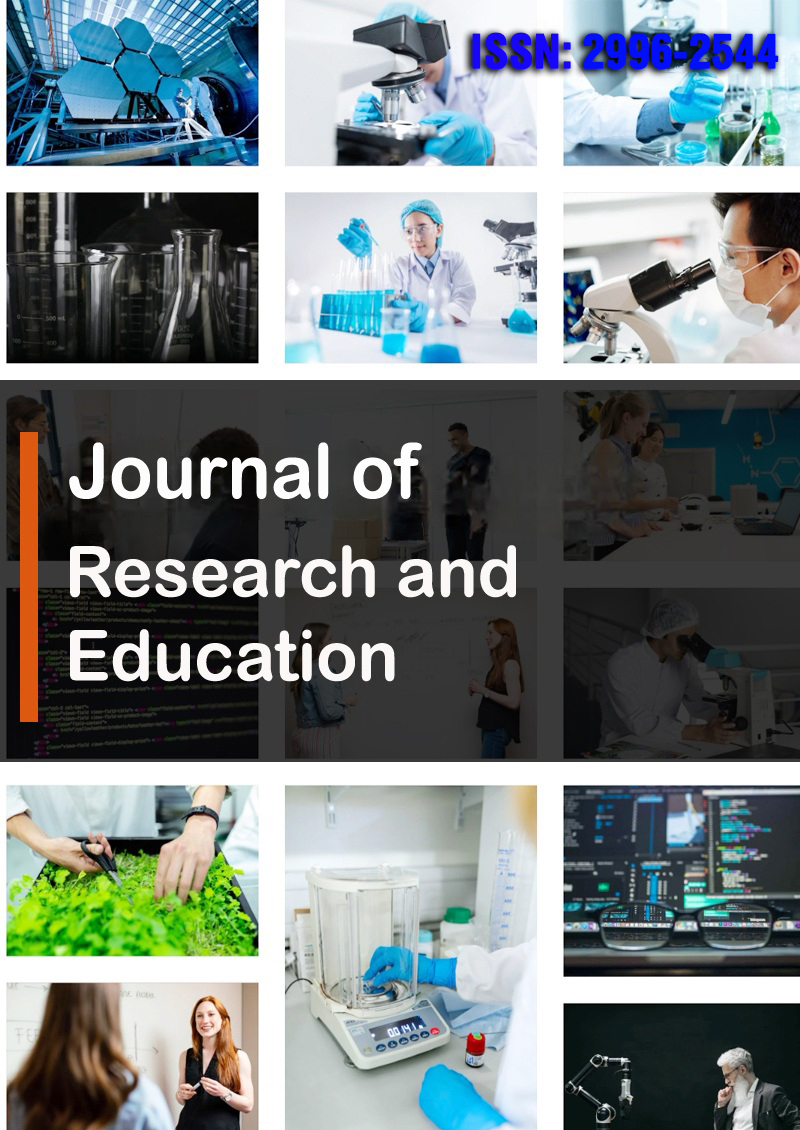Technology Acceptance Models (TAM) and its Modalities Across the Sectors: An Analysis of Intrinsicality of Variables in the Model
Abstract
Johnpaul. M
The current revolution that has propelled anthropological progress is digitization. This new phenomenon altered our lives and catapulted humanity into the Digital Age. Today, we observe every aspect of life, from wake-up calls from digital alarm clocks to dialing phone calls and even monitoring blood pressure with digital sphygmomanometers. The current evolution of mankind is the product of and heavily impacted by the digital transition. Walking across the lines, the last two decades have seen a flood of progress in digital technologies. The invention of the personal computer in the early 1970s paved the path to flood new technologies into existence. The pace with which digitalization has overtaken the world is phenomenal. In this scenario, many researchers have developed their studies to evaluate and test the implementation and influence of these technologies both from the perspective of adoption to leveraging of technologies across the sectors. As a result of this, the present literature on Technology acceptance has witnessed models Like Motivational theories from the 1940s to social studies addressing behavioural changes towards Technology adoption. Among them are the significant models developed by renowned researchers like Davis, Fishbein, Ajzen Bandura etc. have developed theories like Social learning, social cognitive theory, Theory of Planned behaviour and Technology Acceptance models (TAM1 to TAM3) and extension to amalgamate extraneous, endogenous variables and their mediating and moderating effect. Hence, the present study is an attempt which focuses on the exploration of different variables developed and studied under each model across the sectors and their intrinsicality and modality to the scenario of its applicability are examined.



